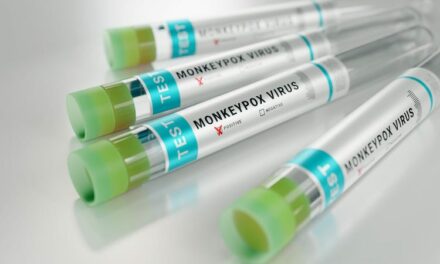Infectious disease researchers at the University of Texas at Austin studying the novel coronavirus SARS-CoV-2 were able to identify how quickly the virus can spread, a factor that may help public health officials in their efforts at containment. They found that time between cases in a chain of transmission is less than a week and that more than 10% of patients are infected by somebody who has the virus but does not yet have symptoms.
In their paper, a team of scientists from China, France, Hong Kong, and the United States were able to calculate what’s called the serial interval of the virus.1 To measure serial interval, scientists look at the time it takes for symptoms to appear in two people with the virus: the person who infects another, and the infected second person.
Researchers found that the average serial interval for the novel coronavirus in China was approximately four days. This also is among the first studies to estimate the rate of asymptomatic transmission.
The speed of an epidemic depends on two things—how many people each case infects and how long it takes for infection between people to spread. The first quantity is called the reproduction number; the second is the serial interval. The short serial interval of COVID-19 means emerging outbreaks will grow quickly and could be difficult to stop, the researchers said.
“Ebola, with a serial interval of several weeks, is much easier to contain than influenza, with a serial interval of only a few days. Public health responders to Ebola outbreaks have much more time to identify and isolate cases before they infect others,” says Lauren Ancel Meyers, PhD, a professor of integrative biology at UT Austin. “The data suggest that this coronavirus may spread like the flu. That means we need to move quickly and aggressively to curb the emerging threat.”
Read more from the University of Texas at Austin.
Reference
1. Du Z, Xu X, Wu Y, Wang L, Cowling BJ, Ancel Meyers L. Serial interval of COVID-19 from publicly reported confirmed cases. Emerg Infect Dis. 2020;26(6); doi: 10.3201/eid2606.200357.




